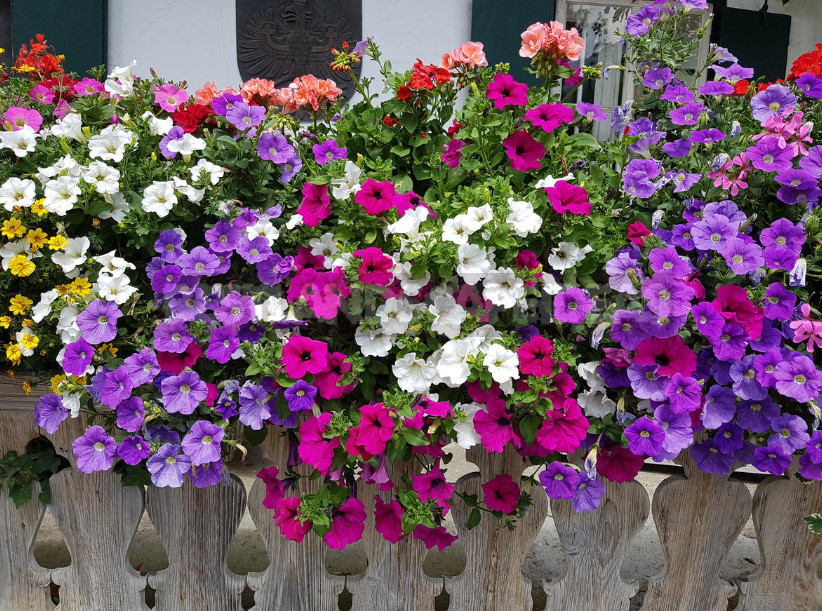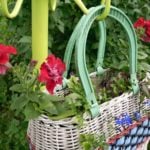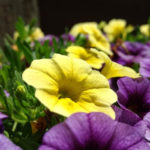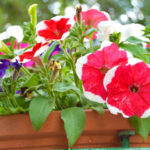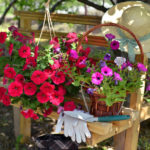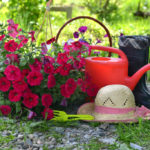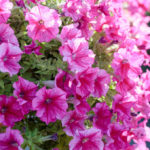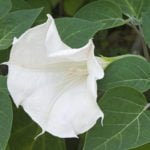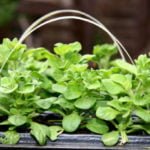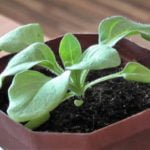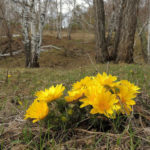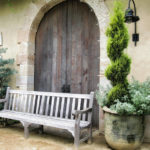Petunia, perhaps, can be called the most famous and popular plants for balcony gardening: the beauty and variety of colors, abundance and duration of flowering it is difficult to find a worthy replacement. Special difficulties in caring for Petunia no, but some of the nuances of agricultural technology is in the pot culture to know and take into account necessarily.
Conditions in which the plants will be located:
- North or South side, that is how many hours a day they will be illuminated by the sun;
- where will be placed – on a glazed balcony or loggia, partially protected, in the open air and so on.
Once all the features of the placement will be taken into account, you can proceed to the selection of plants. Amateur gardeners conditionally divide all petunias into three categories: ampel, cascade and Bush. For hanging pots and balcony boxes traditionally choose varieties and hybrids ampel and cascade. However, no one will forbid you to deviate from the generally accepted rules and decorate your balcony with Bush petunias – this is your right, and they also look wonderful, agree!
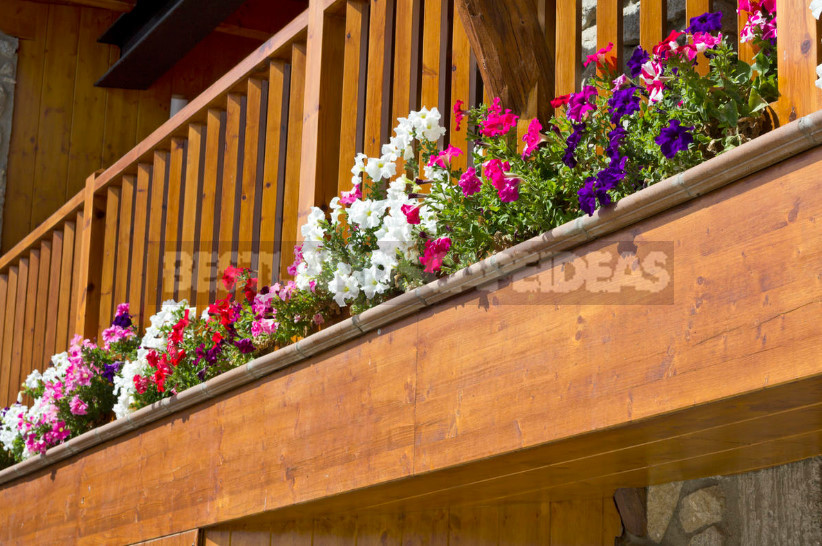
Having decided on the group, it will be necessary to find a variety or hybrid for the given characteristics, and it is desirable to pay attention to such parameters:
- flower size, shape and color;
- term and duration of flowering;
- the arrangement of flowers relative to the length of the shoot;
- resistance to pests and diseases;
- ability to quickly recover from mechanical damage and pruning;
- the need for formation (pinching);
- sensitivity to low lighting conditions and so on.
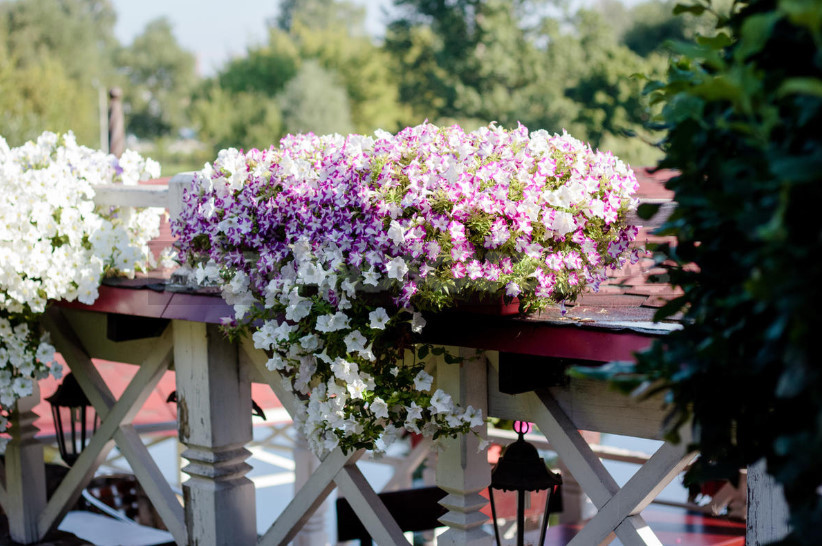
And again: maybe it’s unscientific, but in life such situations are very often: there are varieties that under no circumstances can not grow, no matter how hard you try. But there are those that are great without much hassle. Therefore, we will have to look for “their” varieties and hybrids empirically.
The rim of the container
Whatever the producers wrote on the bags with seeds, the practices are firm and unanimous: one plant has at least 5 liters of soil, and if it is possible, then much more – it will not be worse!
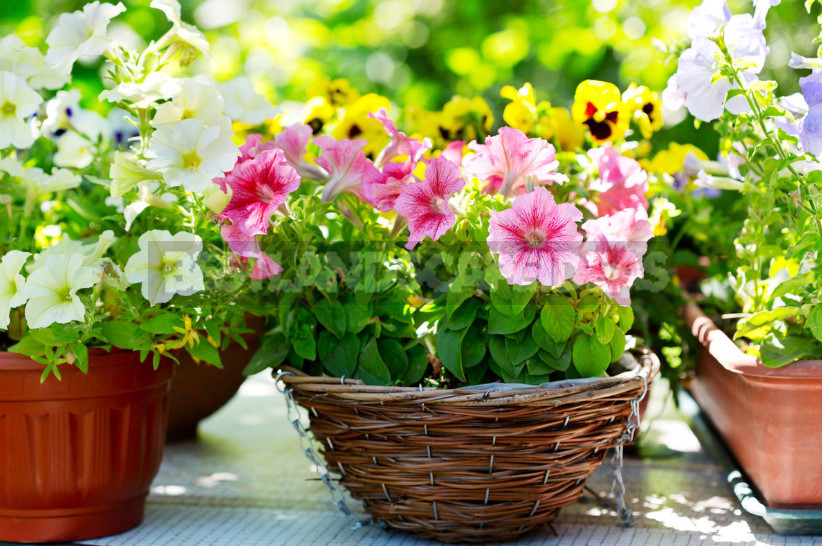
The root system of Petunia can not be called small, and regular feeding will not help if the plant sits in a small container – decorative it will not have to wait.
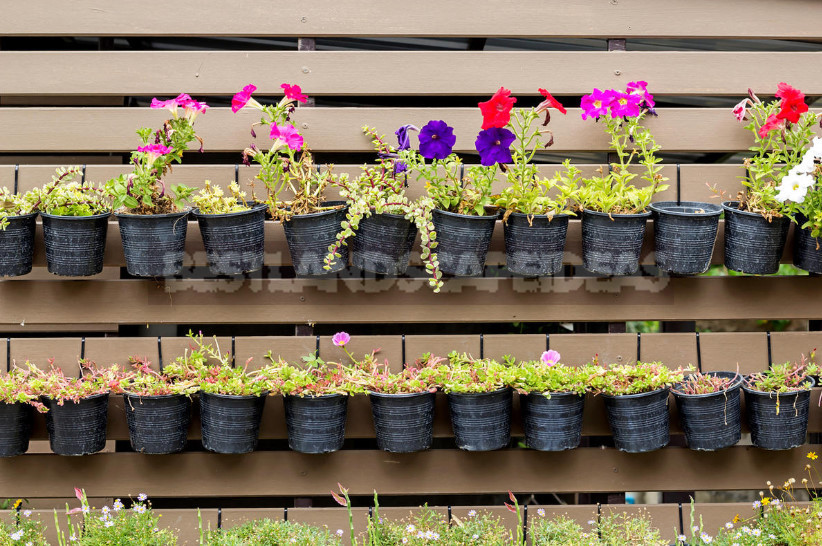
With regard to the material flower pot – too it is necessary to select empirically: many gardeners grow petunias perfectly in plastic and ceramic don’t want to.
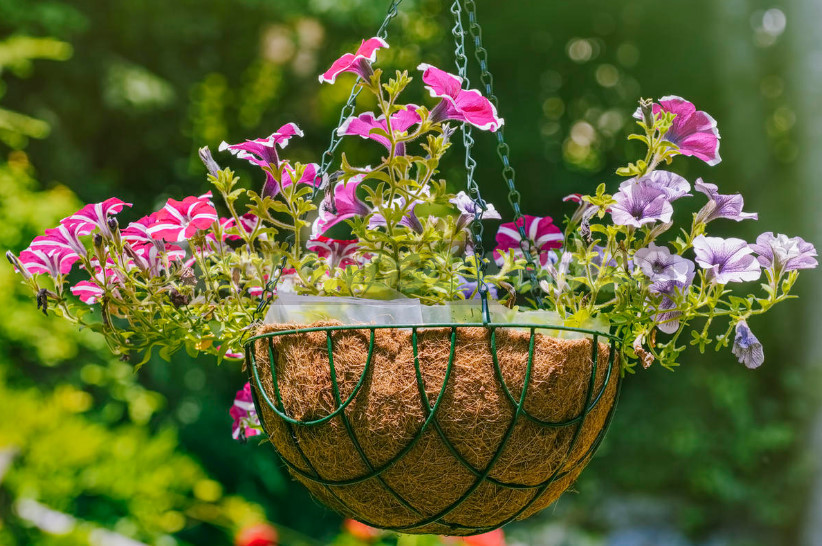
Very nice look wire baskets with coconut filler, but the soil dries up much faster than in plastic and ceramic pots: if you can not water several times a day or install a system of auto-watering – do not torment the plant.
Now it’s time to talk about the nuances of care.
Irrigation
And in this issue practice unanimous – daily watering is needed, ideally – on the morning and on the evening! Naturally, pour the plants is not necessary, but the soil in the pot should always be wet.
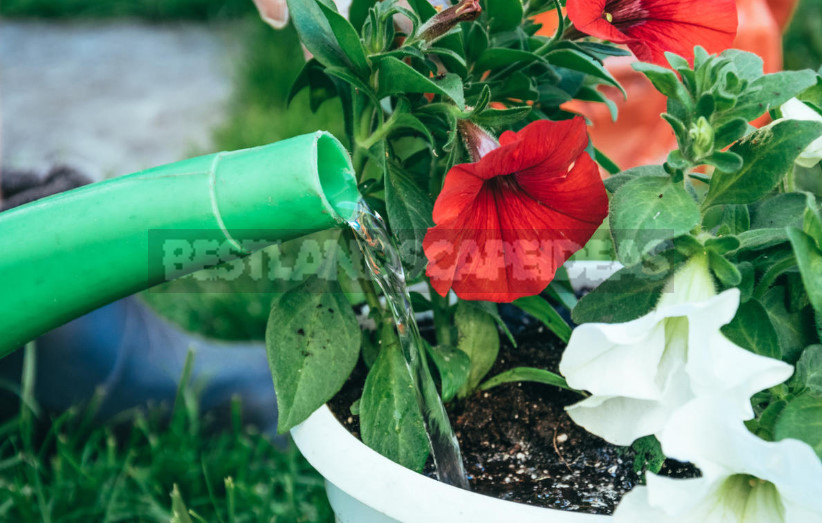
If Petunia withered from lack of irrigation once – not terrible, but if the earthen lump dries up constantly – problems can not be avoided: the leaves turn yellow and fall, flowering will come to naught, and most importantly – the immune system of the plant will suffer, and it will be defenseless against pests and diseases. Firmly remember: timely and sufficient watering Petunia – half the success in its cultivation.
Formation
In varieties that tie the seeds, you need to remove the withered flowers with the seed box, so that the plant does not waste energy on their aging, which is not the best way to affect further flowering.
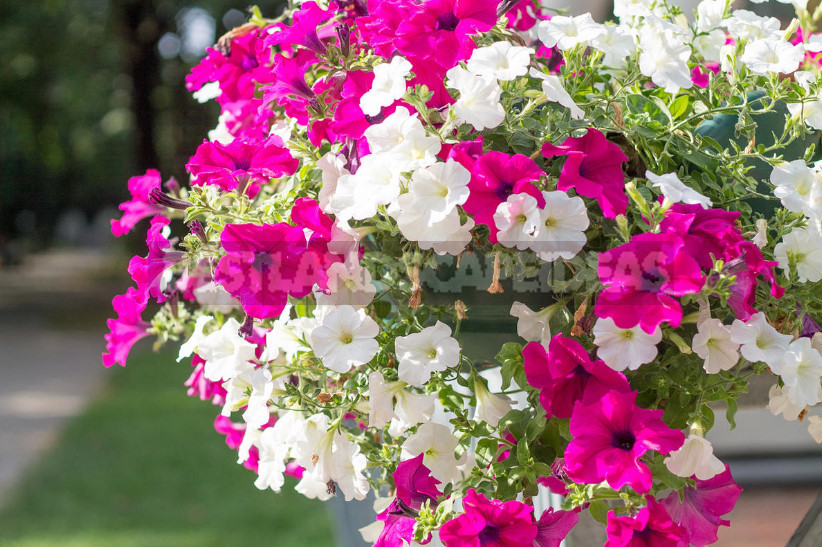
Around the middle of summer petunias lose their decorative effect – the internodes elongate, the leaves and flowers become smaller. So, it’s time to carry out anti-aging pruning: Bush leaves shoots of 10-15 cm, cascading and ampel can be shortened by half. And immediately conduct feeding. If after a while Petunia again lost decorative effect – spend rejuvenating trim again.
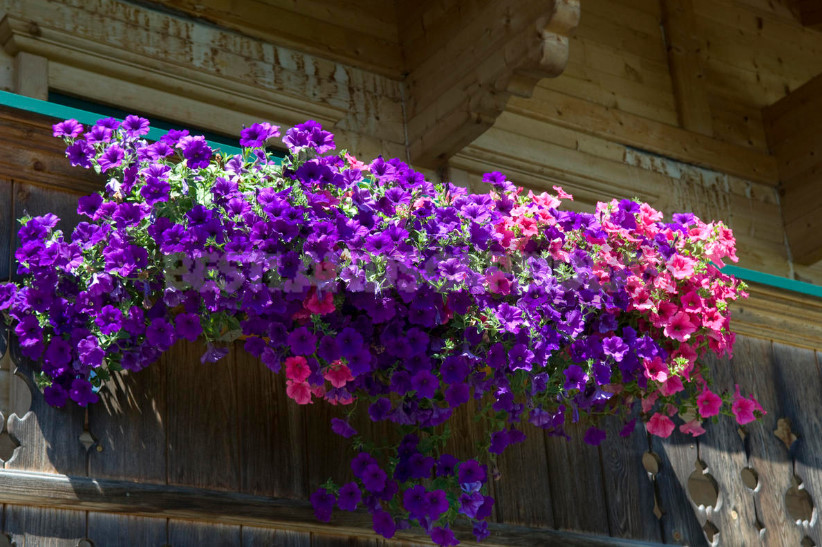
And do not forget about feeding, without them to grow luxuriously flowering Petunia Bush is unlikely to succeed.
